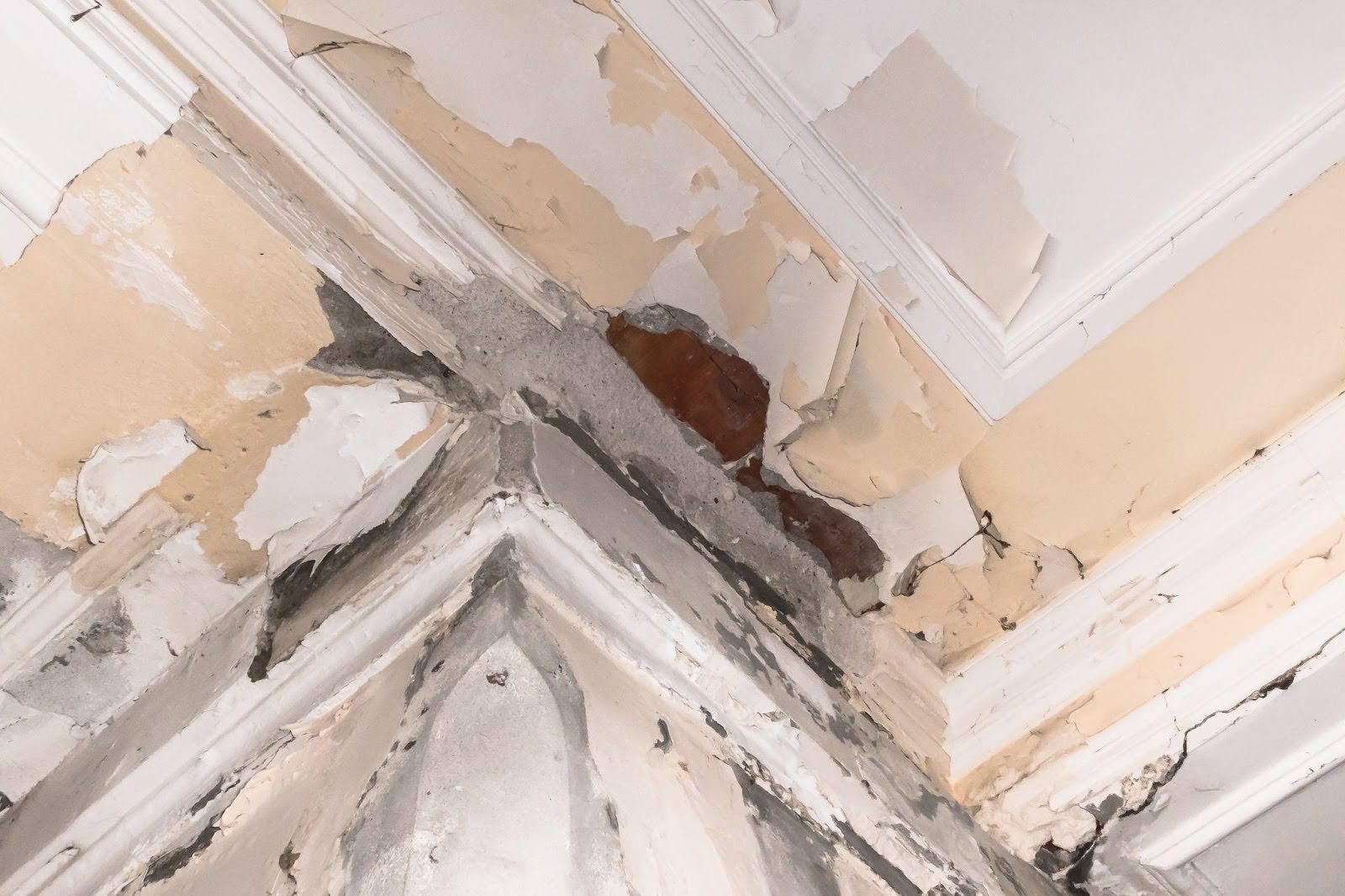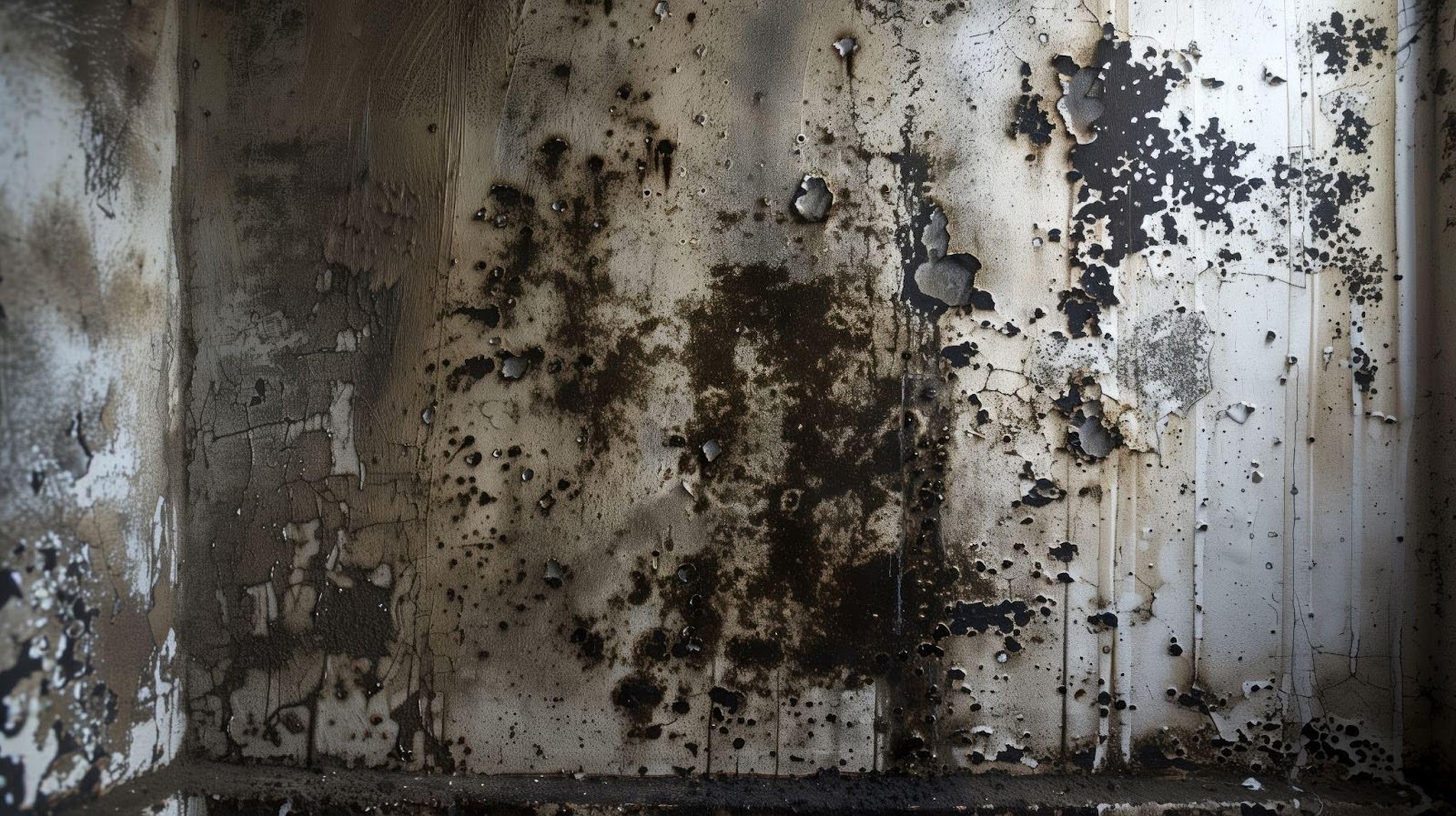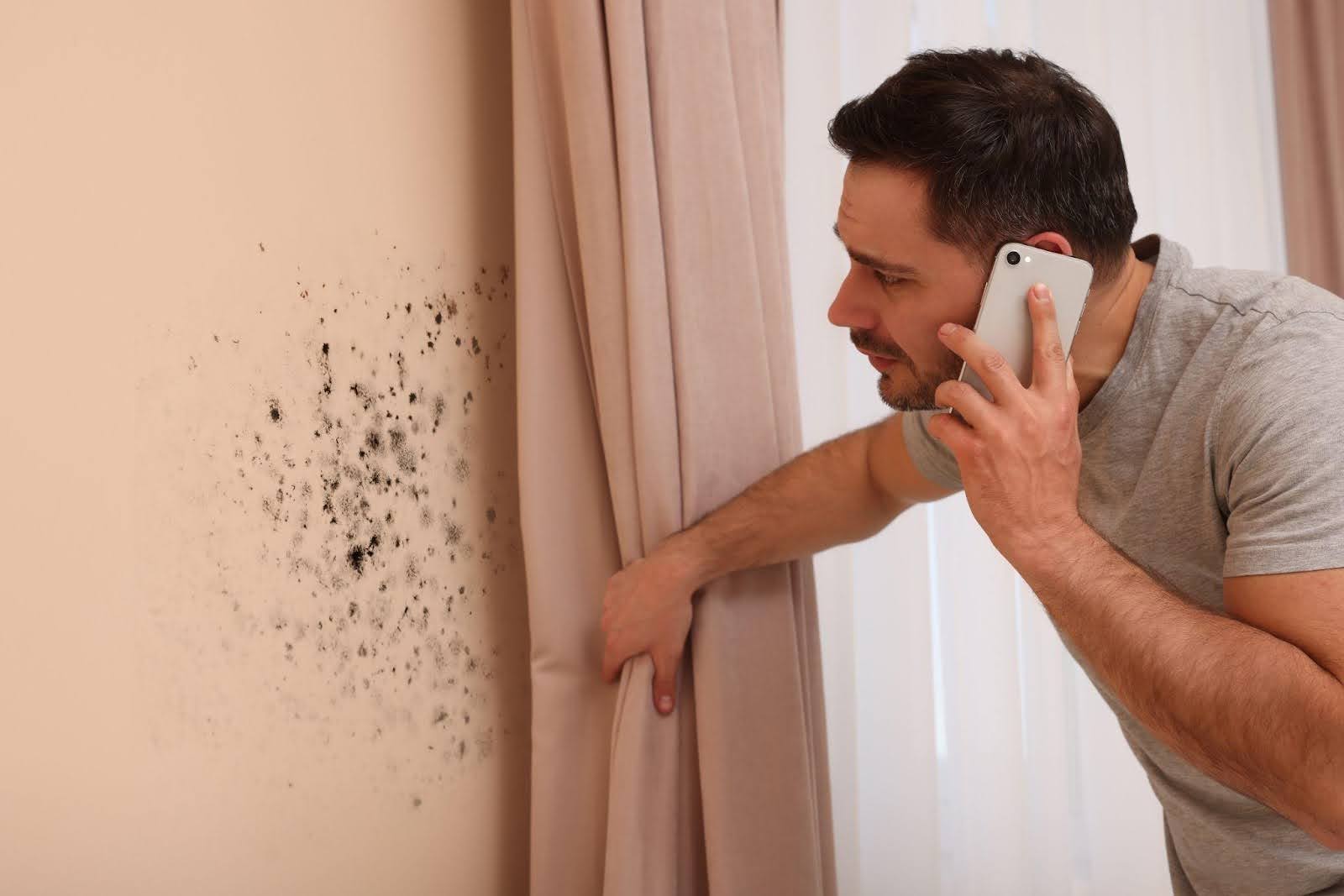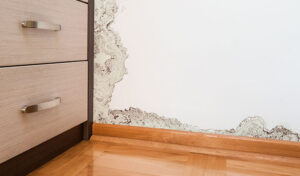Mold damage is more than a cosmetic issue. It creates risks for your health and damages your home’s structure over time. Living in a house with mold forces you to confront these dangers daily. Before making a decision, it’s crucial to understand the risks, the cleanup process, and how to restore your home properly.
What is mold damage?
Mold damage happens when mold grows unchecked, spreading across surfaces and breaking down materials. Basements, bathrooms, and other damp areas are common breeding grounds. Mold thrives in places with high humidity, water leaks, or poor ventilation. Left untreated, it spreads to walls, ceilings, floors, and even your HVAC system.
The damage affects more than appearances. Mold weakens wooden beams, corrodes drywall, and leaves unsightly stains. Structural repairs often become necessary if the problem goes unresolved. Damage also impacts indoor air quality, releasing spores that cause health problems for those living in the home.
Health risks of living with mold
Mold exposure harms your health, especially with prolonged contact. Mold spores trigger respiratory issues like coughing, sneezing, and wheezing. People with asthma or allergies experience worsening symptoms. For others, mold exposure leads to headaches, skin irritation, and even sinus infections.
Toxic mold species like black mold (Stachybotrys chartarum) create severe risks. These molds release mycotoxins, which can cause neurological issues, fatigue, and long-term respiratory problems. Children, the elderly, and those with weakened immune systems face greater dangers from mold exposure.
Living with mold damage means breathing in spores daily. These spores settle on surfaces, clothing, and furniture, spreading throughout your home. Without addressing the issue, the health risks escalate over time.
Signs you shouldn’t ignore
Recognizing damage early reduces risks and repair costs. Look for discoloration on walls, ceilings, and floors. Mold appears in various shades, such as black, green, or white. Its texture ranges from fuzzy to slimy, depending on the type and environment.
A musty odor is a major indicator of mold.
The smell signals moisture problems and hidden mold growth even if you don’t see it. Check basements, attics, and behind furniture for damp or moldy spots. Watch for condensation on windows or pipes, as these areas often encourage mold.
Pay attention to health symptoms among household members. Unexplained respiratory issues, skin irritation, or worsening allergies often point to mold exposure. Take action quickly to reduce risks and begin mold cleanup.
How to handle mold cleanup
Addressing mold damage starts with identifying its source. Leaky pipes, poor drainage, or high humidity levels are often to blame. Fixing these issues prevents mold from returning after removal.
For small areas of mold, clean affected surfaces using soap and water or a commercial mold cleaner. Wear gloves, goggles, and a mask to protect yourself from spores during cleanup. Open windows to improve ventilation and reduce moisture buildup.
Larger mold infestations require professional help. Mold cleanup experts assess the severity of the damage, remove affected materials, and treat the area to stop regrowth. Professionals also identify hidden mold, ensuring a thorough cleanup.
When you need mold restoration services
Mold restoration becomes necessary when damage affects your home’s structure or covers a large area. If mold has spread to drywall, insulation, or wooden beams, the affected materials often need replacement. Mold restoration experts repair these areas, restoring your home’s safety and functionality.
Restoration also addresses lingering issues like poor ventilation and high humidity. Installing dehumidifiers, improving drainage, and sealing cracks in walls or foundations help prevent future problems. A complete restoration ensures your home stays mold-free over the long term.
Should you stay during mold cleanup?
Living in a house with damage during cleanup depends on the severity of the issue. For minor problems limited to a small area, you may remain in the home while handling mold cleanup. Keep the affected area sealed off to reduce exposure and prevent spores from spreading.
Severe mold damage makes staying in the home risky. High concentrations of mold spores impact air quality throughout the house. Moving out temporarily ensures your safety while professionals handle the cleanup and mold restoration process.
Evaluate the health risks for everyone in your household.
Leave the house immediately when worsening symptoms like difficulty breathing or frequent headaches occur, and address the issue before returning.
The financial impact of mold damage
Mold damage leads to expensive repairs when ignored. Minor mold cleanup costs range from $500 to $1,000, depending on the area’s size. Severe mold restoration projects often exceed $10,000, especially if structural repairs are needed.
Insurance coverage for mold varies. Most policies cover mold cleanup if caused by sudden events like pipe bursts or roof leaks. Neglect or poor maintenance rarely qualifies for coverage. Understanding your coverage helps avoid surprises during the restoration process.
Addressing mold early reduces costs significantly. Fixing small leaks or using a dehumidifier costs less than repairing structural damage caused by widespread mold. Staying proactive saves money while protecting your home’s value.
How to prevent future mold damage
Preventing damage starts with moisture control. Keep humidity levels below 50% using a dehumidifier, especially in basements and bathrooms. Fix leaks and seal cracks to stop water from entering your home.
Improve ventilation by using exhaust fans in bathrooms and kitchens. Open windows during dry weather to allow fresh air circulation. Insulate pipes to reduce condensation and prevent water buildup.
Store items in airtight containers to avoid moisture exposure. Keep furniture and belongings elevated in basements to prevent contact with damp floors. Regular maintenance and inspections catch potential problems early, stopping mold from taking hold.
Final thoughts
Living in a house with damage poses serious risks. Your health, home structure, and finances suffer when mold goes untreated. Recognizing the warning signs and addressing mold cleanup quickly protects your home and well-being.
Whether dealing with minor damage or requiring full mold restoration, taking action makes the difference. Evaluate the severity of the issue, seek professional help when needed, and follow preventative measures to keep mold away for good. Staying vigilant ensures your home remains a safe and healthy environment.
Dealing with mold? Reach out to Total Flood & Fire Restoration now!
Stopping mold damage starts with understanding why it thrives and how to control it. With their dampness and poor ventilation, basements provide an ideal environment for mold to grow and spread. Ignoring the problem leads to serious risks to your health, your home’s structure, and your wallet.
Mold moves fast in dark, humid conditions, destroying walls, carpets, and furniture along the way. That musty odor and visible stains are only the first signs of a much bigger problem. Left unaddressed, mold spores circulate through the air, causing allergies, respiratory issues, and other health problems.
Protecting your basement environment is the key to safeguarding your home and health. Identifying water problems, reducing moisture, and taking proactive steps to stop mold before it takes hold. Quick action prevents costly repairs and keeps your space safe, clean, and dry.
At Total Flood & Fire Restoration, we offer 24/7 emergency services to tackle mold fast and restore your property to its best condition. Call us today at 385-442-9804 to get started and reclaim your space.









